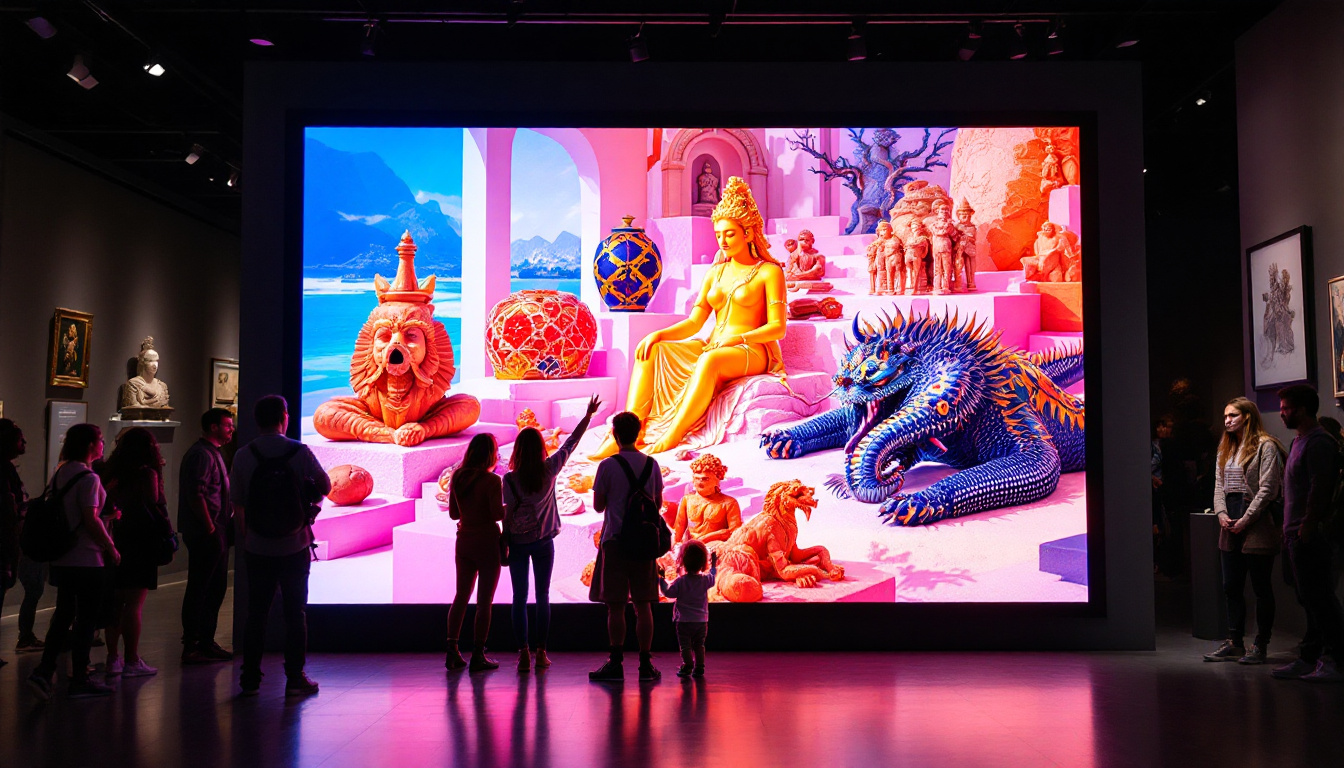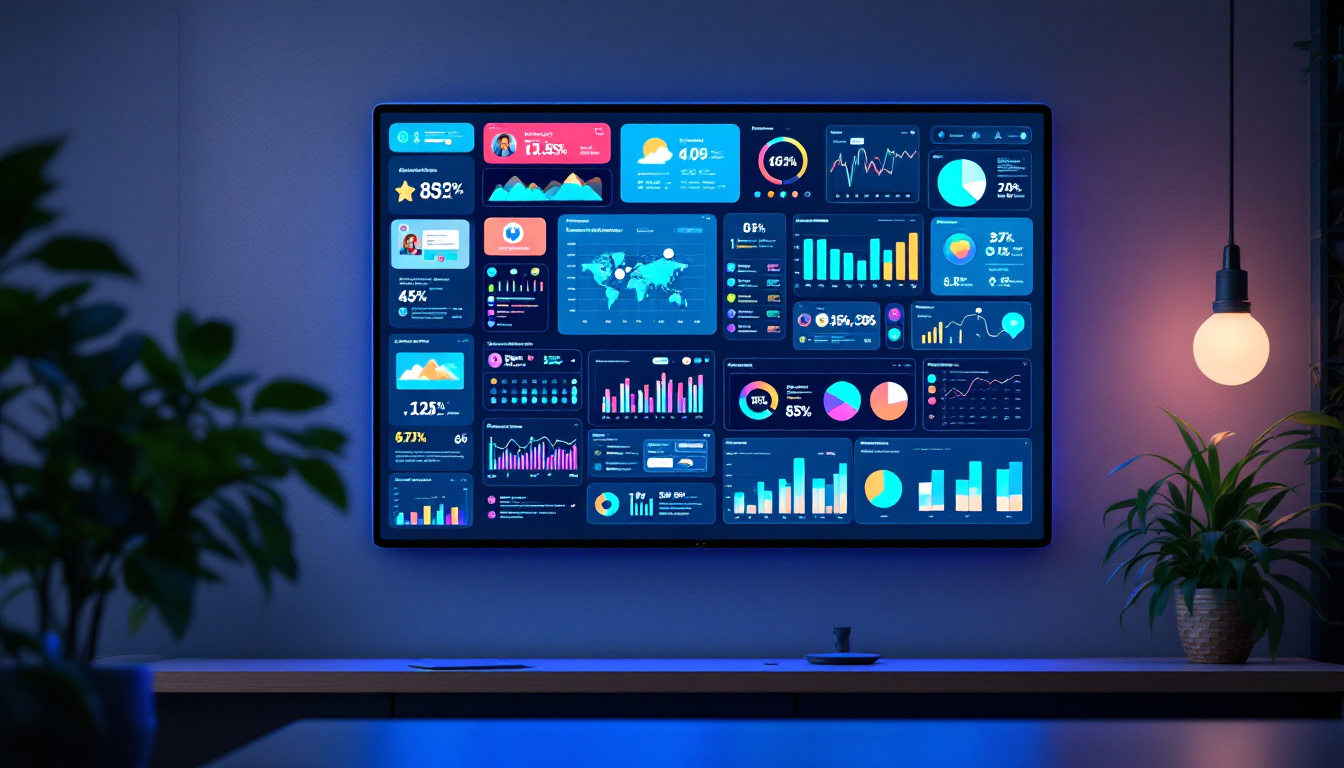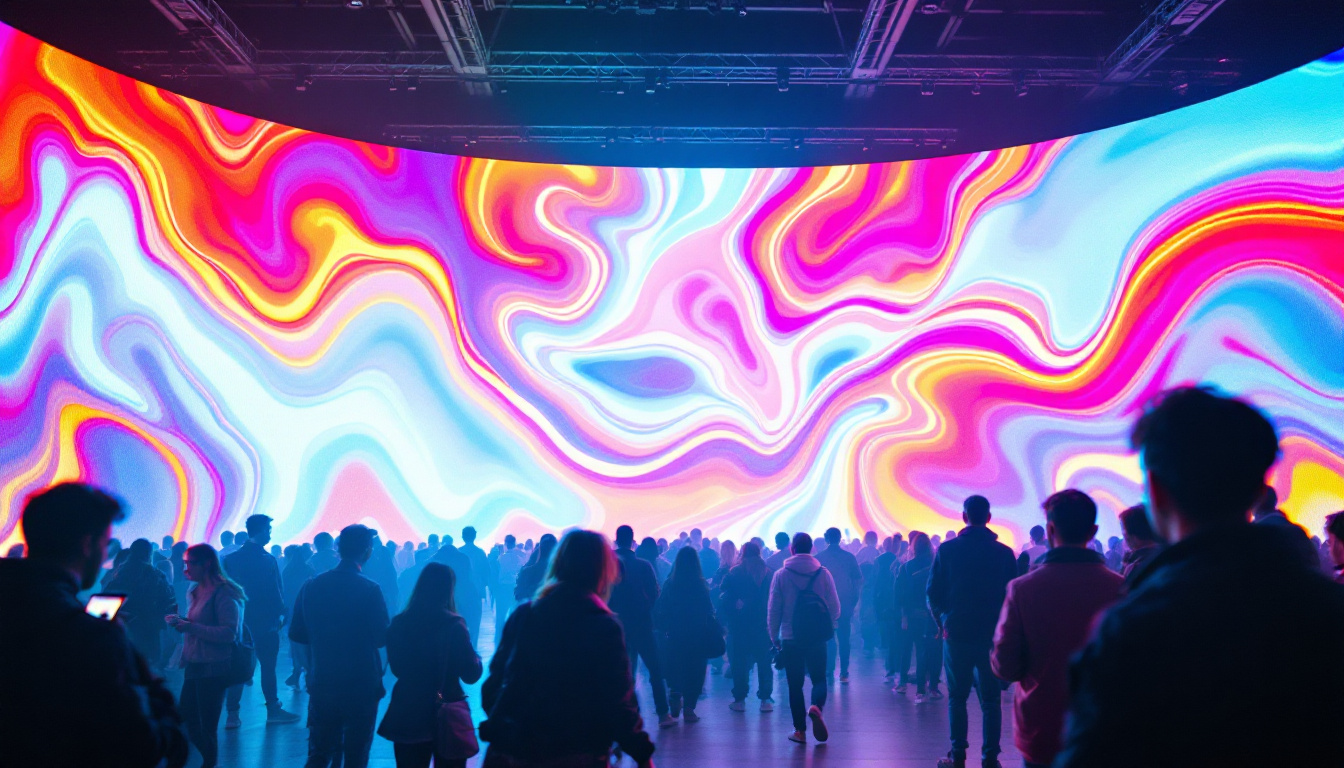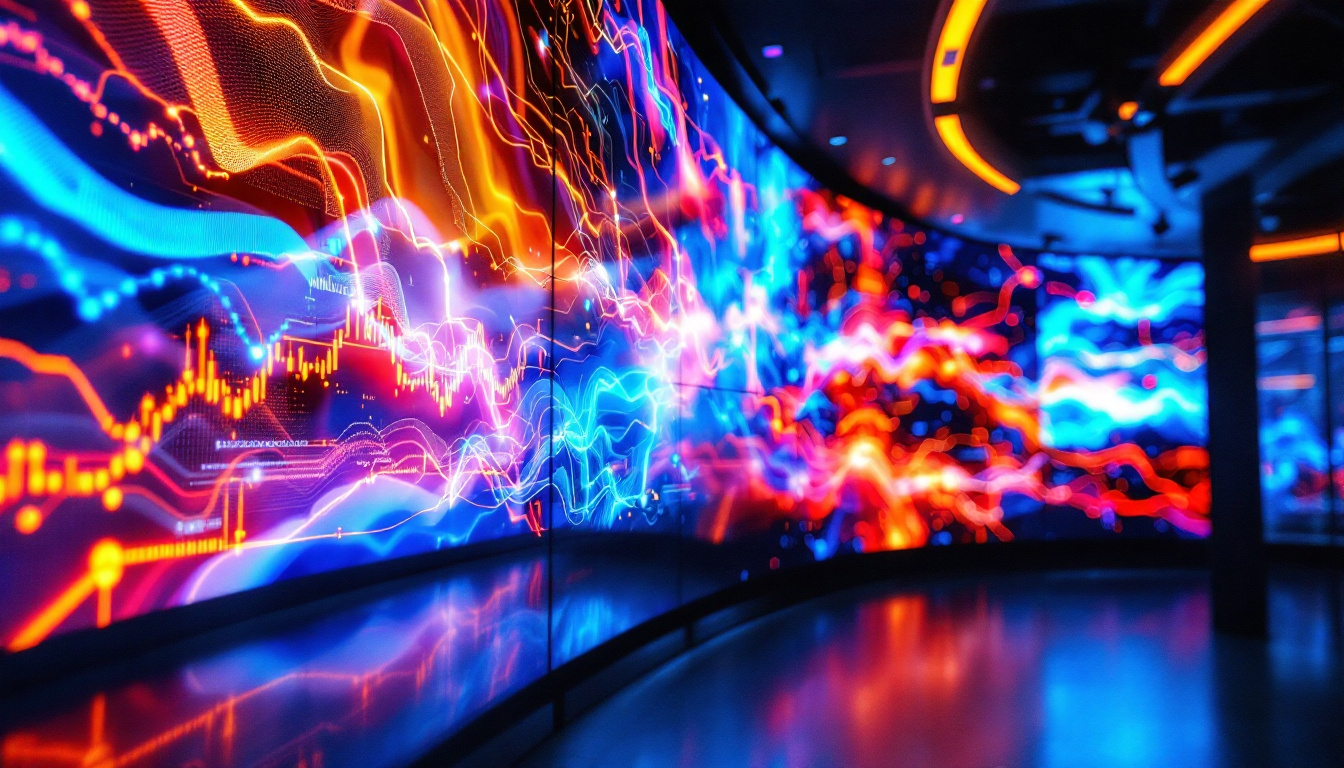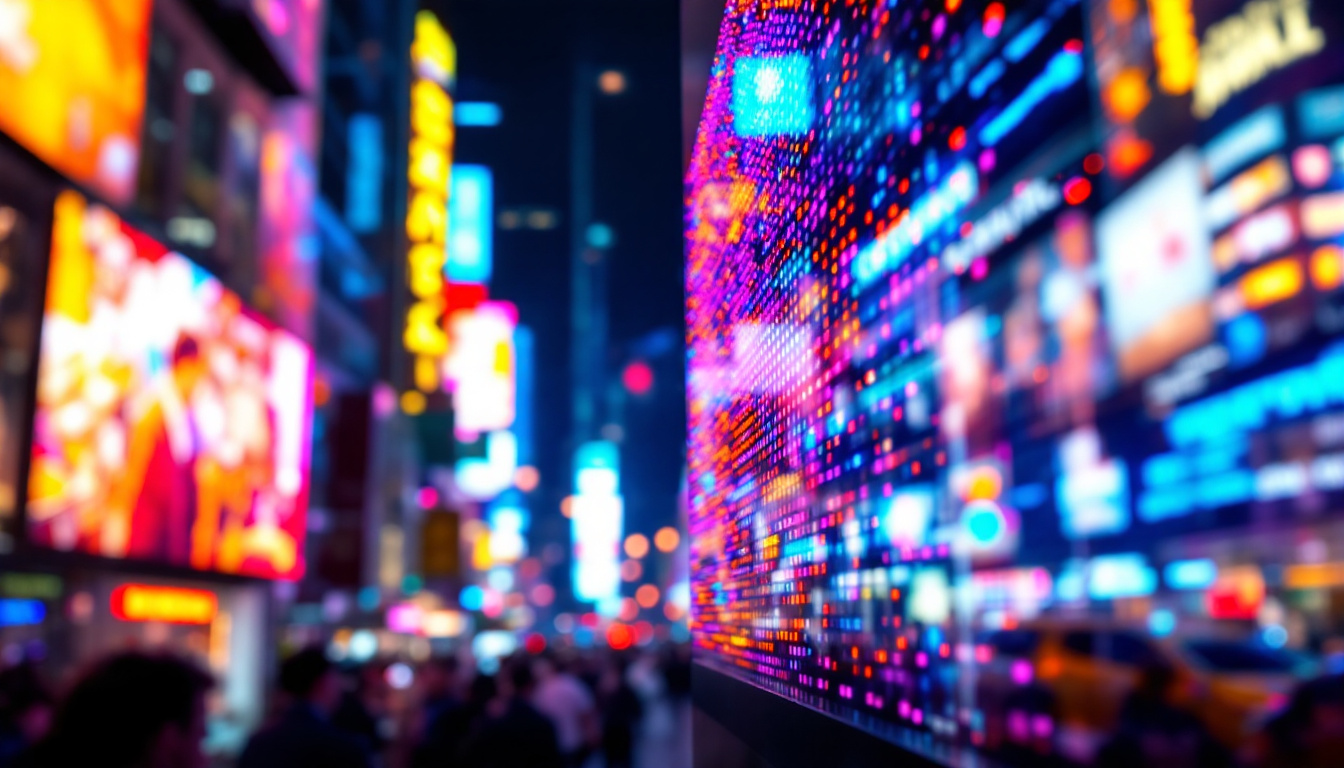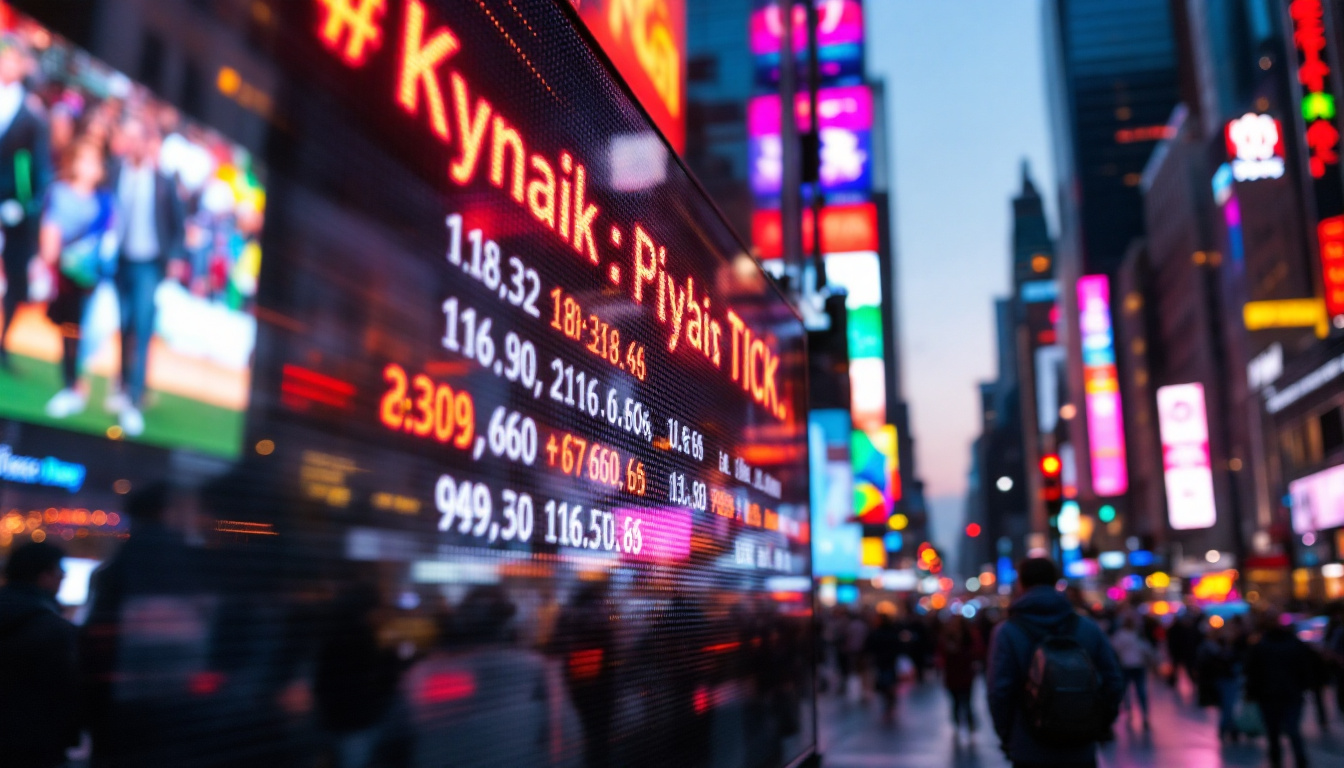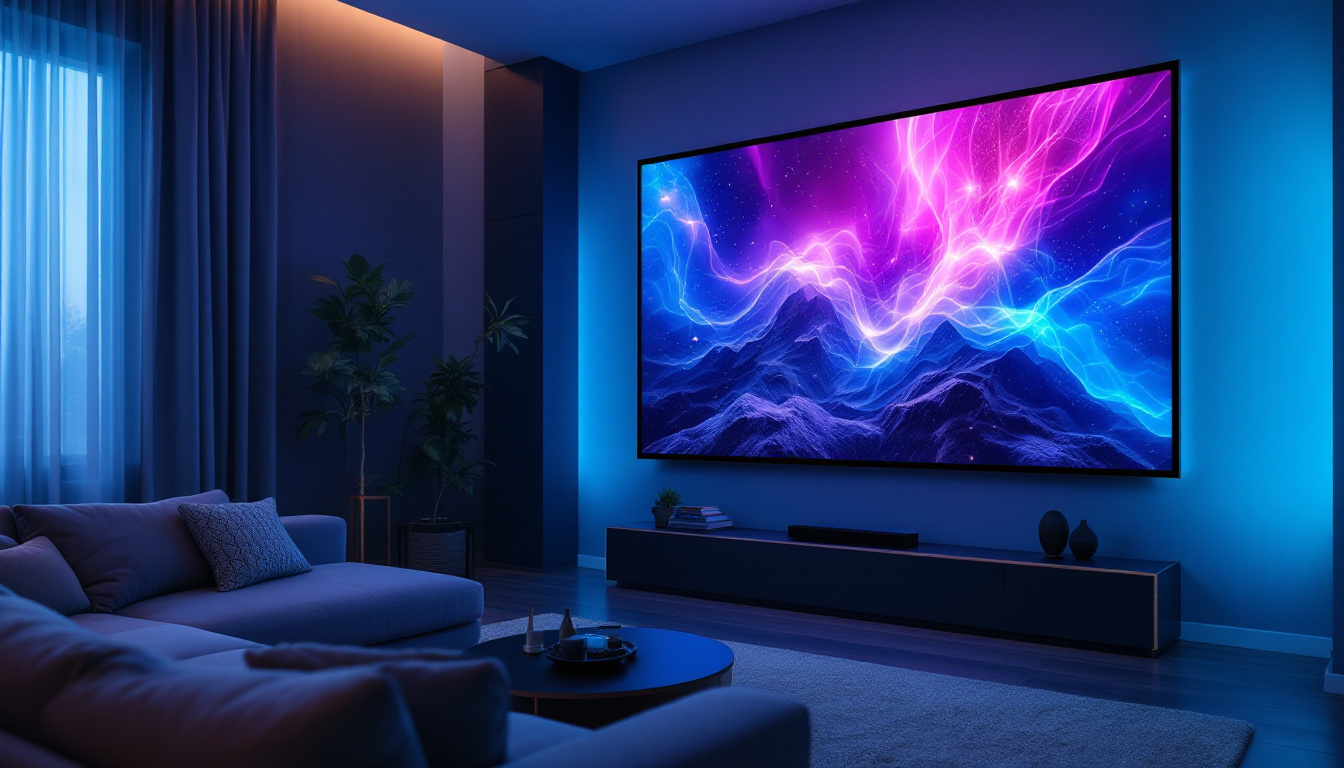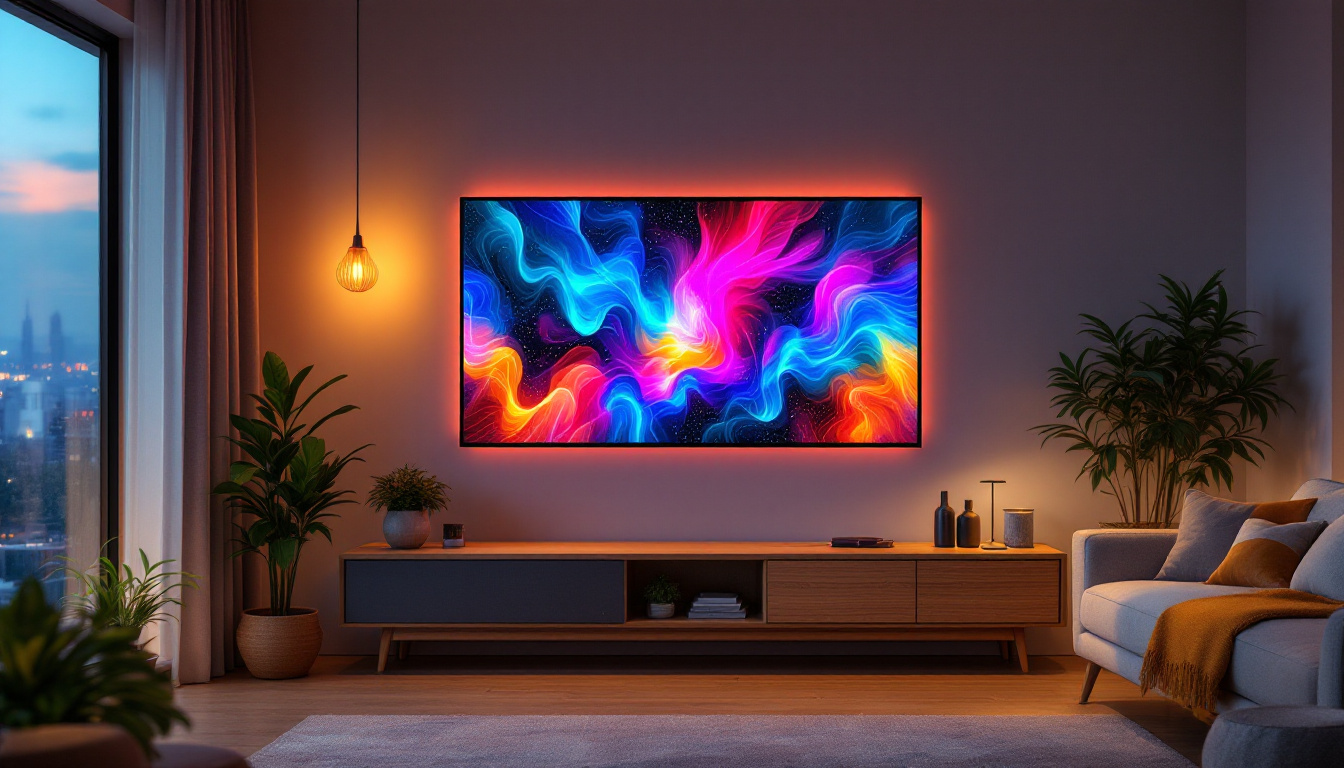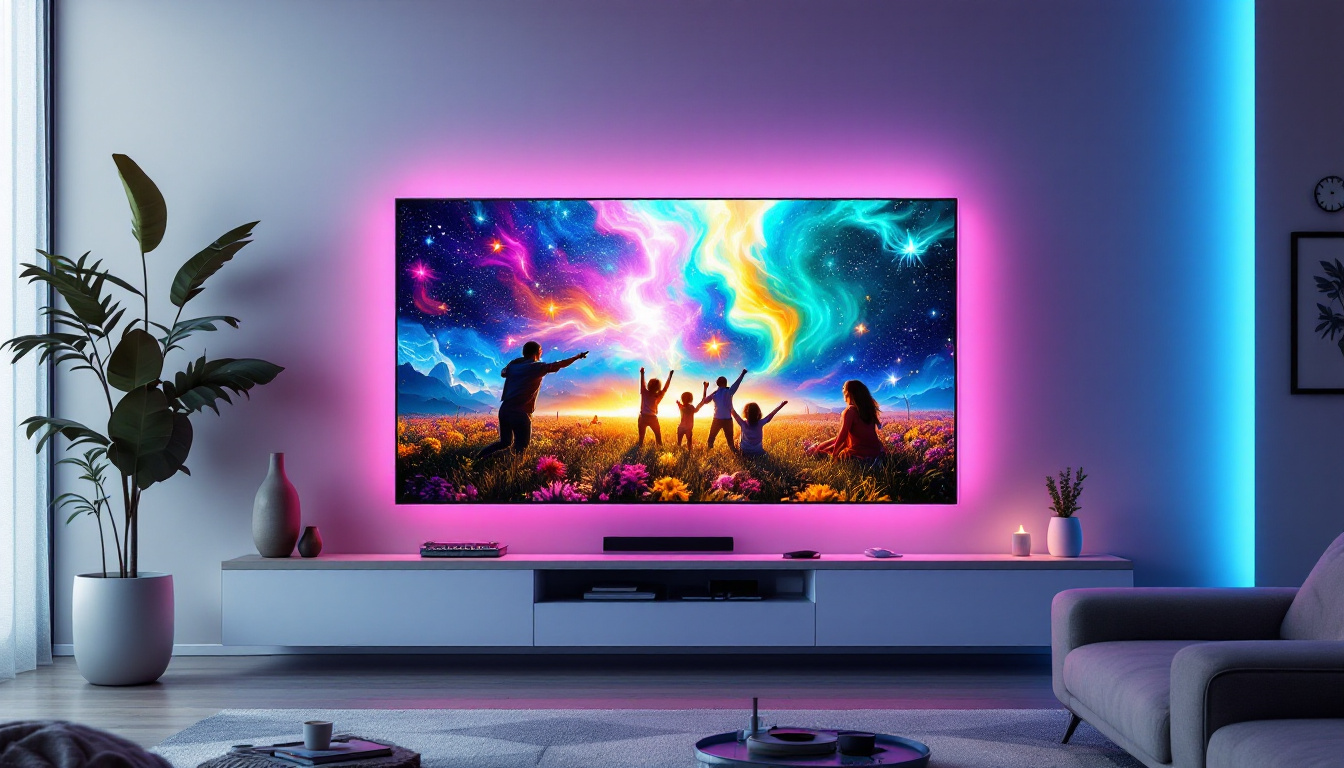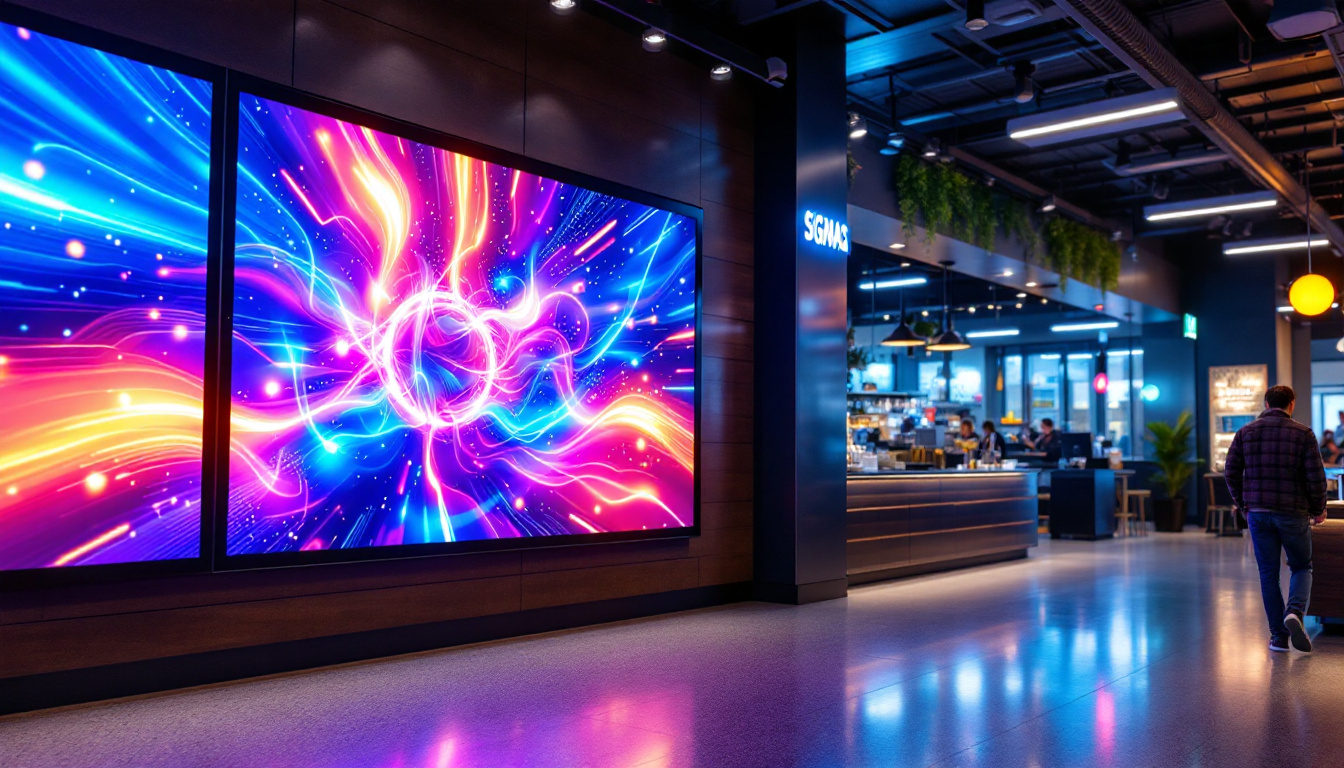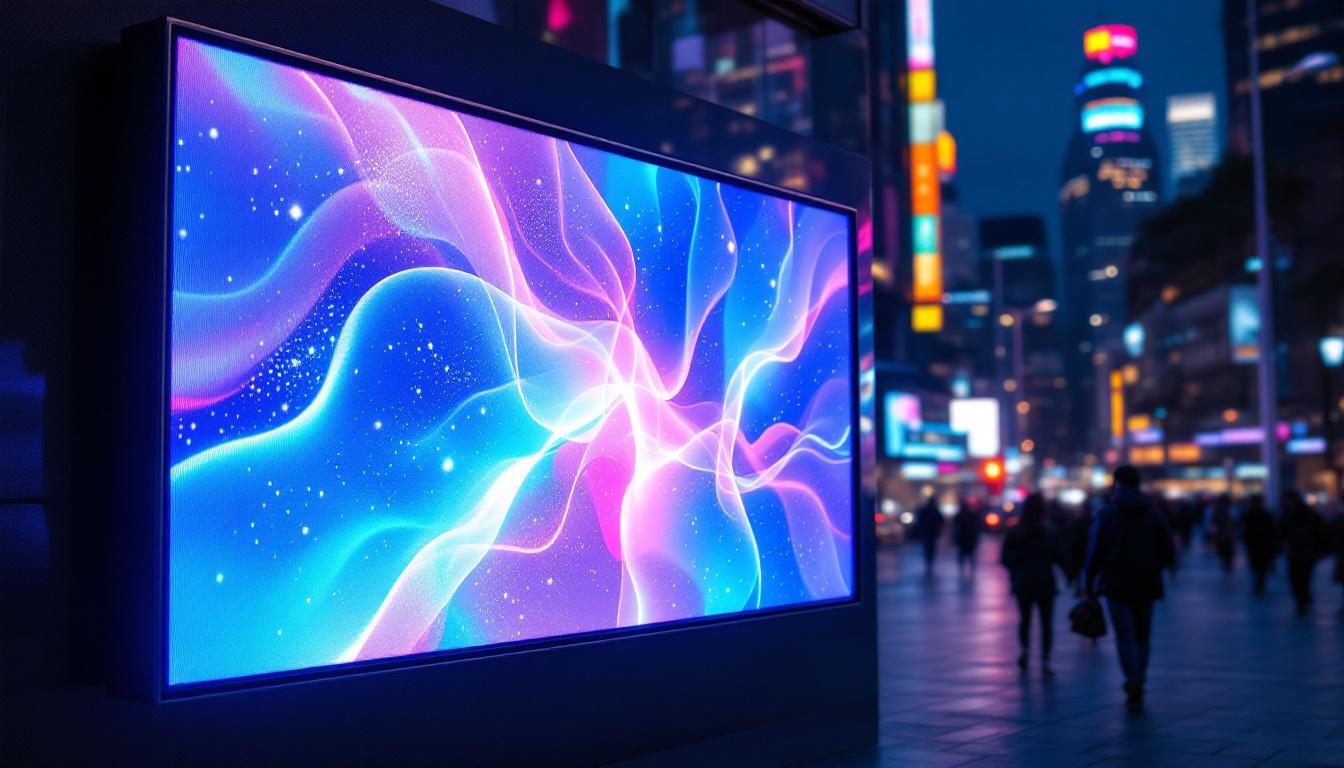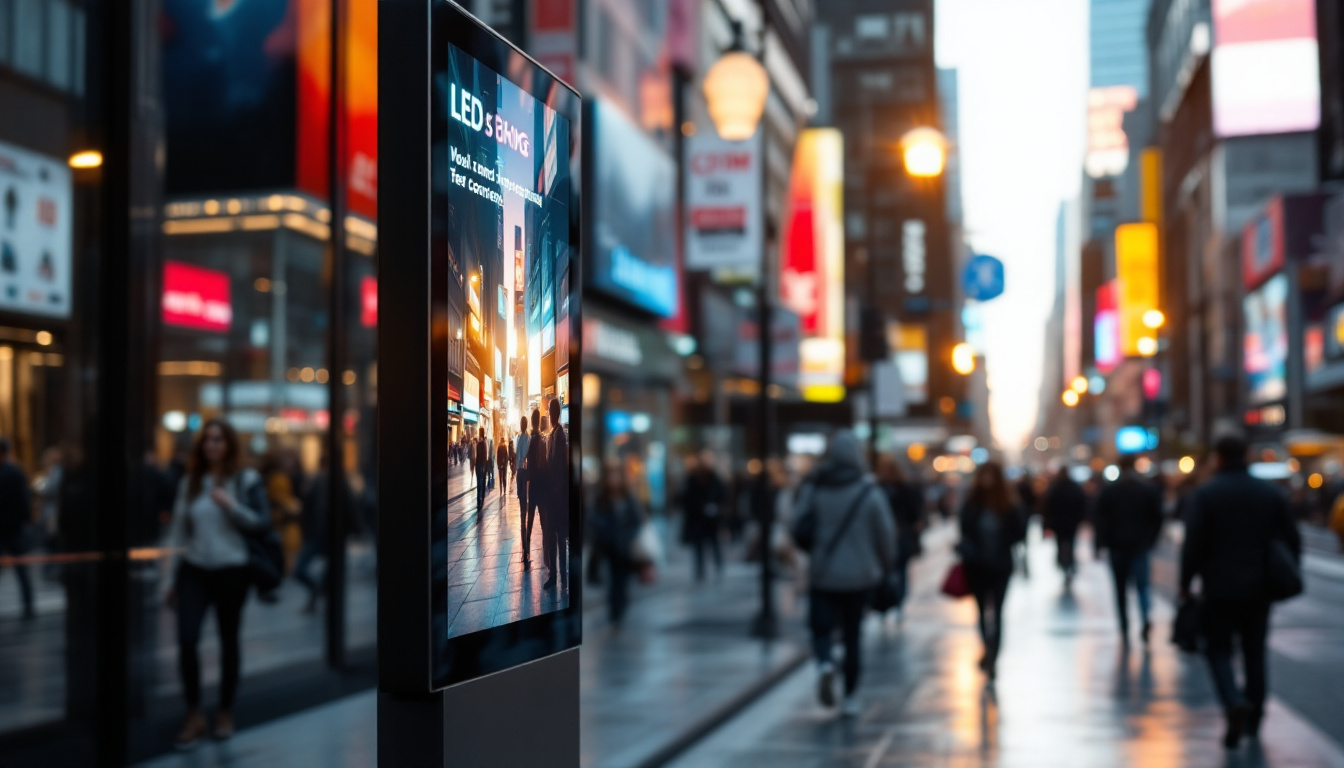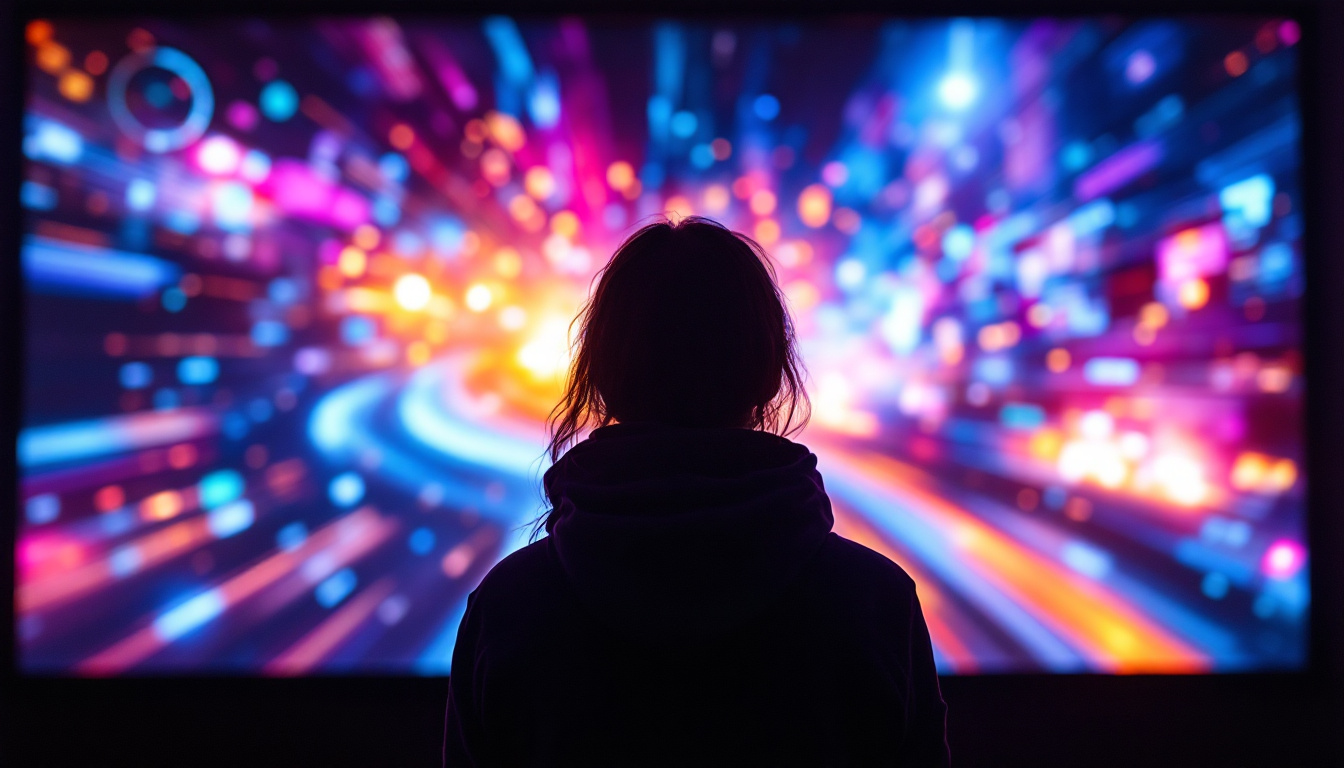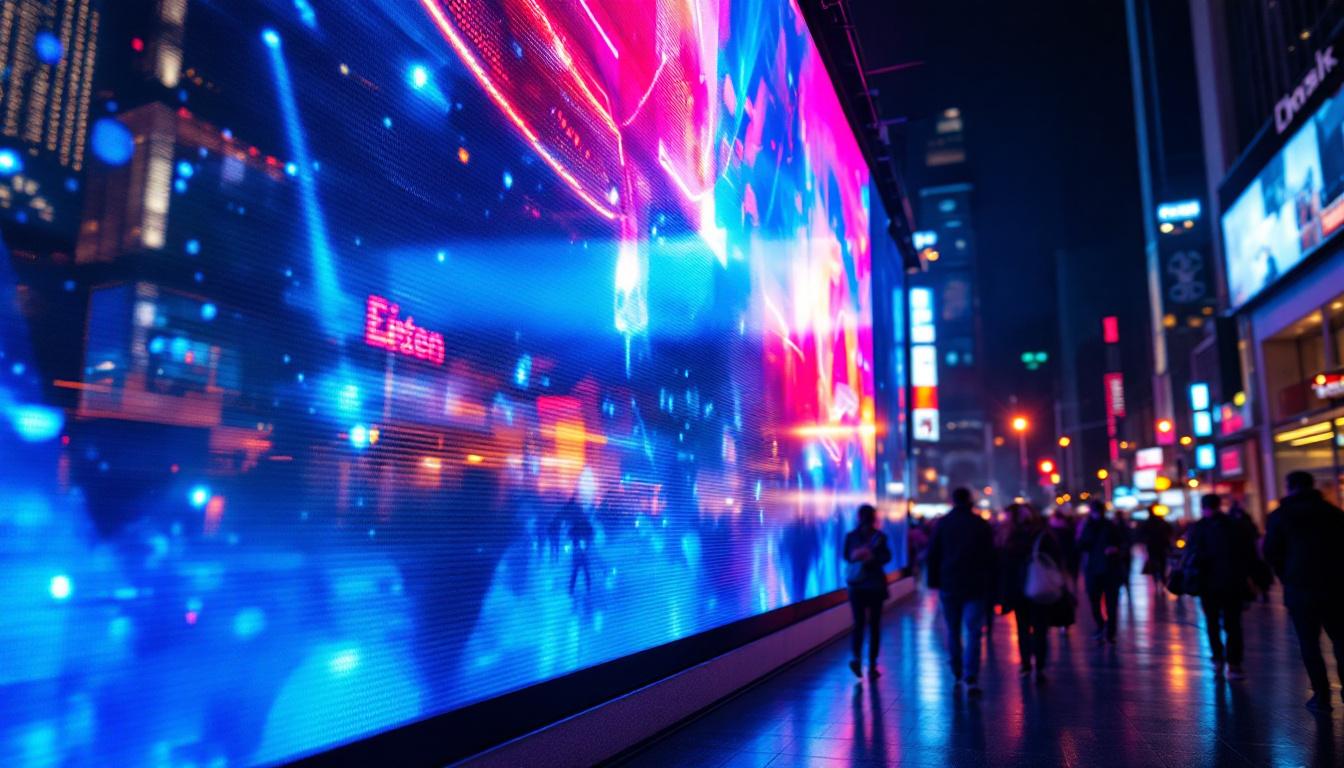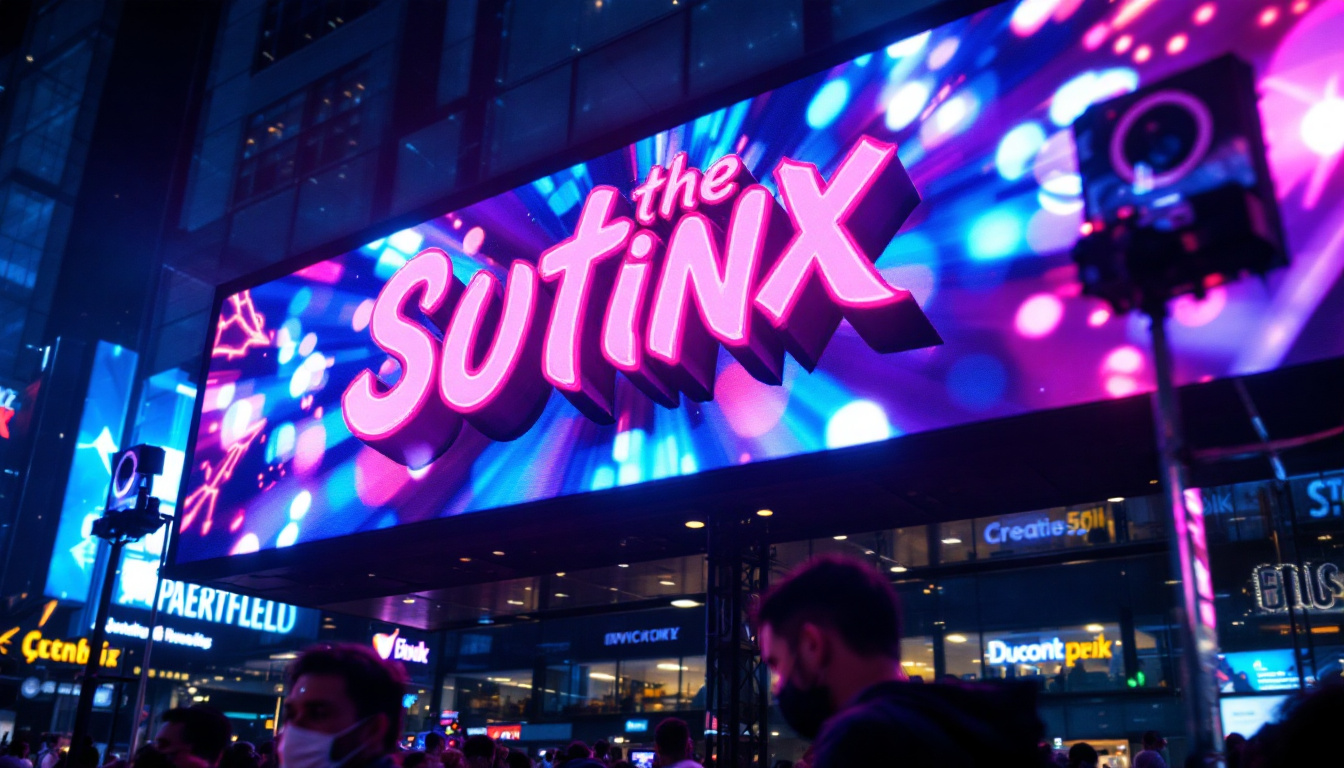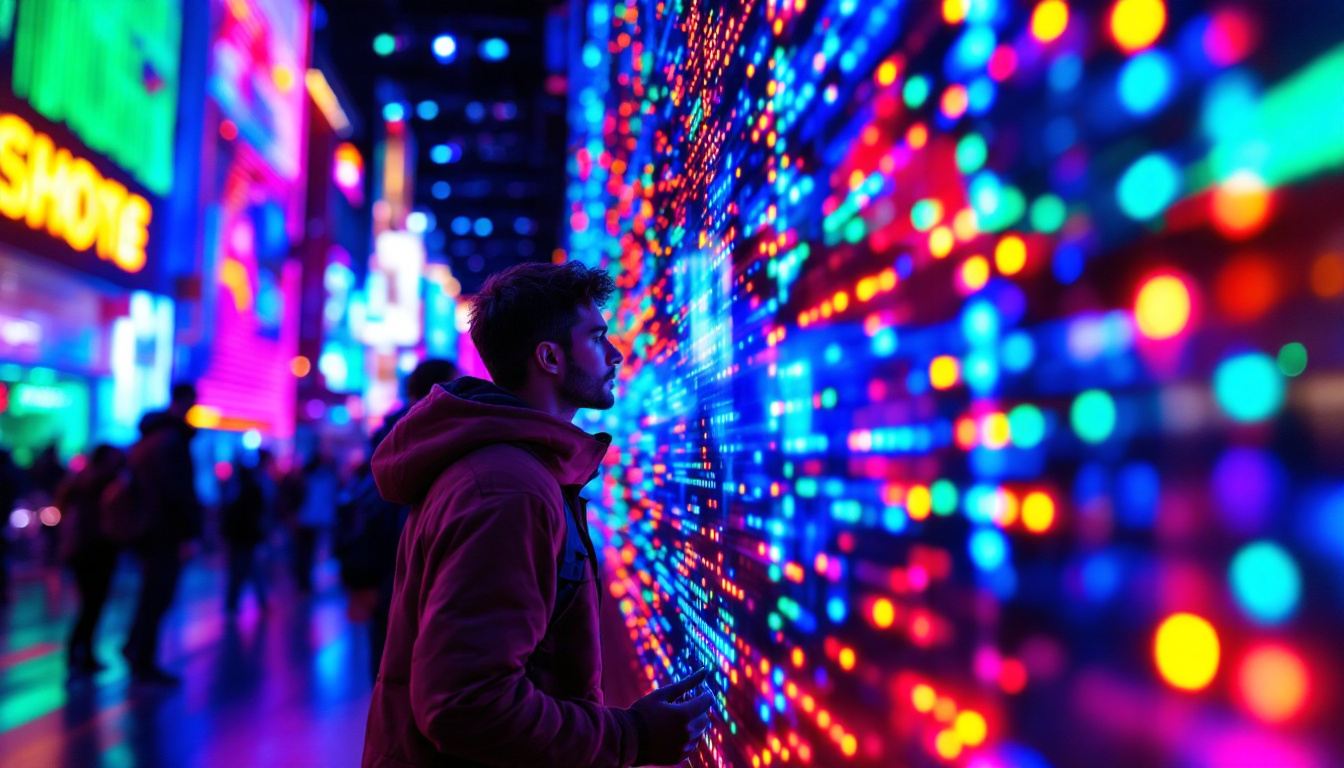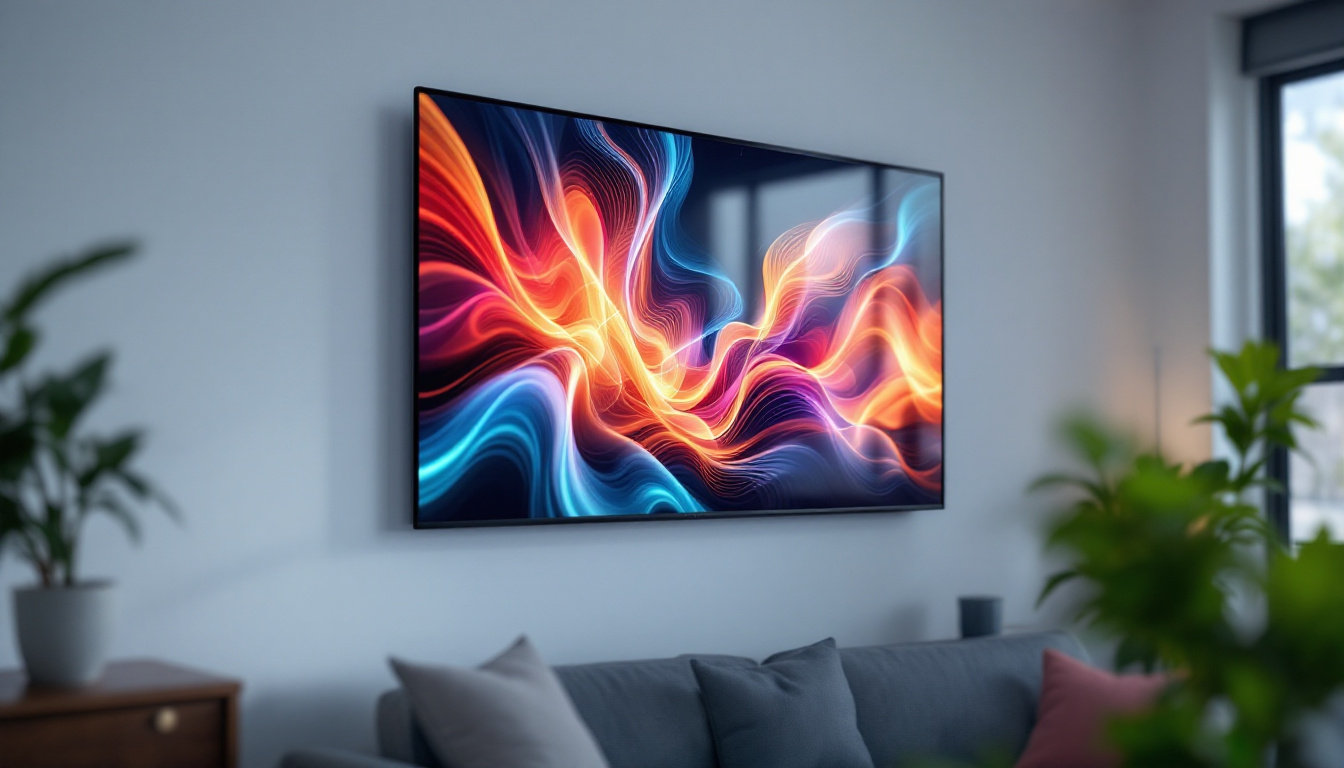Museums play a crucial role in preserving history, art, and culture. They serve as gateways to the past, allowing visitors to engage with artifacts and exhibitions that tell compelling stories. However, the effectiveness of these exhibitions often hinges on the quality of the display signage used to convey information. In recent years, LED display signage has emerged as a transformative solution for museums, enhancing the visitor experience and providing dynamic ways to present information. This article delves into the various aspects of LED display signage in museums, exploring its benefits, applications, and best practices.
Understanding LED Display Signage
LED (Light Emitting Diode) display signage refers to electronic displays that utilize LED technology to present information visually. These displays can vary in size, shape, and resolution, making them suitable for a wide range of applications within museum environments. Unlike traditional printed signage, LED displays can be updated in real-time, allowing for greater flexibility and interactivity. This capability not only enhances visitor engagement but also enables museums to showcase dynamic content that can change based on time of day, special events, or current exhibitions, thus creating a more immersive experience for guests.
The Technology Behind LED Displays
LED displays are composed of numerous tiny light-emitting diodes that work together to create images and text. The technology has advanced significantly, resulting in high-resolution displays that can produce vibrant colors and sharp images. The modular nature of LED displays allows for customization in terms of size and format, making them adaptable to various exhibition spaces. Furthermore, the lifespan of LED technology is impressive, often exceeding 50,000 hours, which means museums can rely on these displays for long-term use without frequent replacements, thereby enhancing cost-effectiveness.
Additionally, LED technology is energy-efficient, consuming less power compared to traditional lighting solutions. This not only reduces operational costs for museums but also aligns with sustainability goals, making LED displays an environmentally friendly choice. Museums can further enhance their green initiatives by using solar power or other renewable energy sources to operate these displays, showcasing their commitment to environmental stewardship while providing cutting-edge technology for their visitors.
Types of LED Displays
There are several types of LED displays commonly used in museum settings, each serving different purposes. The most prevalent types include:
- Video Walls: Large arrays of screens that can display high-resolution videos and graphics, ideal for immersive experiences.
- digital signage: Smaller displays often used for directional signs, event information, or educational content.
- Interactive Displays: Touchscreen interfaces that allow visitors to engage with content, providing a hands-on learning experience.
Each type of display can be strategically placed throughout the museum to enhance storytelling and guide visitors through exhibitions. For instance, video walls can serve as focal points in larger galleries, drawing attention to significant artifacts or themes, while interactive displays can be placed near exhibits that benefit from deeper exploration, allowing guests to delve into the history and context of the items on display. Moreover, the integration of augmented reality (AR) with interactive displays can further enrich the visitor experience, enabling them to see additional layers of information or visualizations that complement the physical exhibits.
Benefits of LED Display Signage in Museums
The integration of LED display signage into museum environments offers numerous advantages that can significantly enhance the visitor experience. From improved engagement to operational efficiency, the benefits are multifaceted.
Enhanced Visitor Engagement
One of the most significant advantages of LED displays is their ability to capture attention. The dynamic nature of these displays—capable of showcasing videos, animations, and vibrant graphics—can draw visitors in and encourage them to explore further. This heightened engagement can lead to a deeper understanding of the exhibits and a more memorable experience overall.
Moreover, interactive displays allow visitors to take an active role in their learning. By providing touchscreen interfaces, museums can offer personalized experiences that cater to individual interests, thereby fostering a sense of connection to the material presented.
Real-Time Updates and Flexibility
LED display signage offers unparalleled flexibility compared to traditional signage. Information can be updated in real-time, allowing museums to respond quickly to changes in programming, special events, or new exhibitions. This adaptability is particularly beneficial for temporary exhibits or seasonal programming, where content may need to be altered frequently.
Additionally, the ability to display multiple messages or content types on a single screen can maximize the use of space and resources. For instance, a single digital display can alternate between event schedules, educational content, and promotional material, ensuring that visitors receive relevant information without cluttering the environment with multiple static signs.
Cost-Effectiveness and Sustainability
While the initial investment in LED technology can be significant, the long-term cost savings often outweigh the upfront expenses. LED displays have a longer lifespan than traditional signage, reducing the need for frequent replacements. Furthermore, their energy efficiency translates to lower electricity bills, making them a financially sound choice for museums aiming to manage operational costs.
From an environmental perspective, the reduced waste associated with fewer printed materials contributes to a museum’s sustainability efforts. By transitioning to digital signage, museums can minimize their carbon footprint while still delivering impactful messages to their audiences.
Best Practices for Implementing LED Display Signage
Successfully integrating LED display signage into a museum requires careful planning and consideration. To maximize the benefits of this technology, museums should adhere to several best practices.
Strategic Placement and Design
The placement of LED displays is critical to their effectiveness. Displays should be positioned in high-traffic areas where they can easily capture visitor attention. Additionally, the design of the content displayed is equally important. Clear, concise messaging paired with visually appealing graphics will ensure that information is easily digestible.
Consideration should also be given to the viewing distance and angle. High-resolution displays may be necessary for larger installations, while smaller screens can suffice for closer viewing. Ensuring that text is legible and graphics are clear from various angles will enhance the overall visitor experience.
Content Management and Curation
Effective content management is essential for maintaining the relevance and impact of LED displays. Museums should develop a content strategy that includes regular updates and curation of information. This may involve collaborating with curators, educators, and marketing teams to ensure that content aligns with the museum’s mission and engages visitors appropriately.
Utilizing content management systems (CMS) designed for digital signage can streamline this process, allowing for easy updates and scheduling of content. This technology can also facilitate the integration of social media feeds or user-generated content, further enhancing visitor interaction.
Training Staff and Ensuring Maintenance
To maximize the benefits of LED display signage, museum staff must be adequately trained in both the operation of the technology and the management of content. Regular training sessions can ensure that staff members are familiar with the systems in place and can troubleshoot any issues that may arise.
Additionally, a maintenance plan should be established to ensure that displays remain in optimal condition. Regular checks on hardware and software can prevent technical difficulties and ensure that the displays continue to function effectively over time.
Case Studies of Successful LED Display Implementations
Several museums have successfully integrated LED display signage into their exhibitions, showcasing the technology’s potential to enhance visitor experiences. These case studies provide valuable insights into effective implementation strategies.
The Smithsonian National Museum of Natural History
The Smithsonian National Museum of Natural History has embraced LED technology to create immersive experiences for visitors. One notable implementation is their use of video walls in the Ocean Hall, where large screens display stunning visuals of marine life. These displays not only captivate visitors but also provide educational content that enhances the overall experience.
Additionally, the museum utilizes interactive kiosks equipped with touchscreens, allowing visitors to explore various marine ecosystems. This hands-on approach encourages engagement and fosters a deeper understanding of the exhibits.
The British Museum
The British Museum has also adopted LED display signage to enhance its exhibitions. The museum’s use of digital signage in its galleries allows for real-time updates on events, guided tours, and educational programs. This flexibility ensures that visitors have access to the most current information during their visit.
Moreover, the British Museum has integrated QR codes with LED displays, enabling visitors to scan codes for additional content on their mobile devices. This innovative approach bridges the gap between physical and digital experiences, enriching the visitor journey.
Future Trends in LED Display Signage
The future of LED display signage in museums looks promising, with ongoing advancements in technology and design. As museums continue to seek innovative ways to engage their audiences, several trends are emerging.
Increased Interactivity
As technology evolves, the demand for interactive experiences is likely to grow. Future LED displays may incorporate augmented reality (AR) and virtual reality (VR) elements, allowing visitors to engage with exhibits in entirely new ways. This interactivity can create immersive experiences that deepen understanding and foster emotional connections to the content.
AI-Driven Content Personalization
Artificial intelligence (AI) is poised to play a significant role in the future of LED display signage. AI algorithms can analyze visitor behavior and preferences, enabling museums to deliver personalized content tailored to individual interests. This level of customization can enhance visitor satisfaction and encourage repeat visits.
Integration with Mobile Technology
The integration of LED displays with mobile technology is another trend on the horizon. Museums may develop apps that work in conjunction with LED signage, allowing visitors to access additional information or participate in interactive experiences through their smartphones. This synergy between physical and digital elements can create a cohesive and engaging visitor journey.
Conclusion
LED display signage represents a significant advancement in the way museums communicate with their audiences. By enhancing visitor engagement, offering real-time updates, and promoting sustainability, LED displays have the potential to transform the museum experience. As technology continues to evolve, museums that embrace these innovations will be better positioned to captivate and educate their visitors, ensuring that the stories of the past remain relevant and accessible for future generations.
Discover Cutting-Edge LED Displays with LumenMatrix
Ready to elevate your museum’s exhibitions and create unforgettable visitor experiences? LumenMatrix is at the forefront of LED display innovation, offering a diverse range of solutions tailored to your unique needs. From Indoor and Outdoor LED Wall Displays to specialized options like Vehicle, Sports, and Floor LED Displays, our technology is designed to captivate and engage. Embrace the future of visual storytelling with our Custom, All-in-One, and Transparent LED Displays. Experience the transformative power of LumenMatrix and ensure your message resonates with clarity and impact. Check out LumenMatrix LED Display Solutions today and revolutionize the way you communicate with your audience.

